World Nature Conservation Day 2023: Mesmerising photographs appeal to protect
On World Nature Conservation Day, we bring you images from the lens of Kedar Bhide, herpetologist, urban biodiversity expert and wildlife photographer
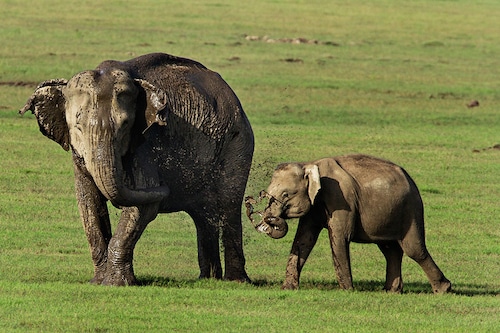

World Conservation Day is celebrated on July 28. It"s observed to create awareness and educate people about the importance of protecting the environment and conserving our natural resources.
Kedar Bhide is Managing Director at Nature Works. The company is involved in Fine Art Inkjet printing, Photography services, Community Initiatives & Environmental Services. Before starting this initiative through his passion for wildlife photography and conservation over the last three decades, he has been in various global and regional leadership positions with multinationals like Sumitomo, BASF & Tagros Chemicals in Environmental Health.
Mother elephant and her calf playing by banks of Ramganga river in Corbett National Park. Elephants modify their environment by trampling and clearing vegetation, allowing sunlight to reach lower forest floors and propagating different vegetation"s growth. Elephant dung helps in seed dispersal over long distances.
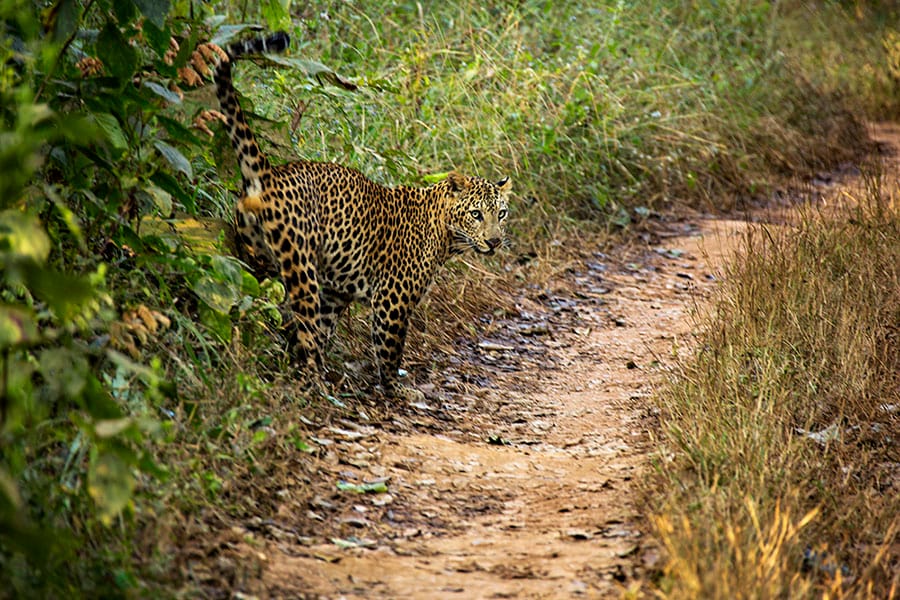 Image: Kedar Bhide
Image: Kedar Bhide
Leopard at Nagzira Wildlife Sanctuary, Maharashtra. Predators like leopards and tigers play a crucial role in balancing animal populations for the sustainability of a particular ecosystem.
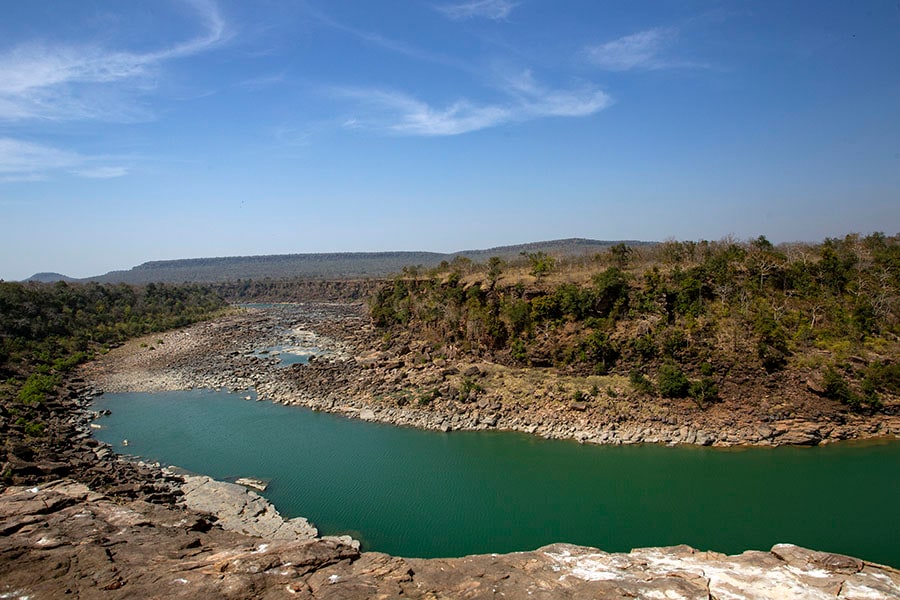 Image: Kedar Bhide
Image: Kedar Bhide
Ken River in Panha tiger reserve, Madhya Pradesh. Rivers are the lifelines of forests—and humans. They nurture flora and fauna by bringing water and nutrients to the natural habitats.
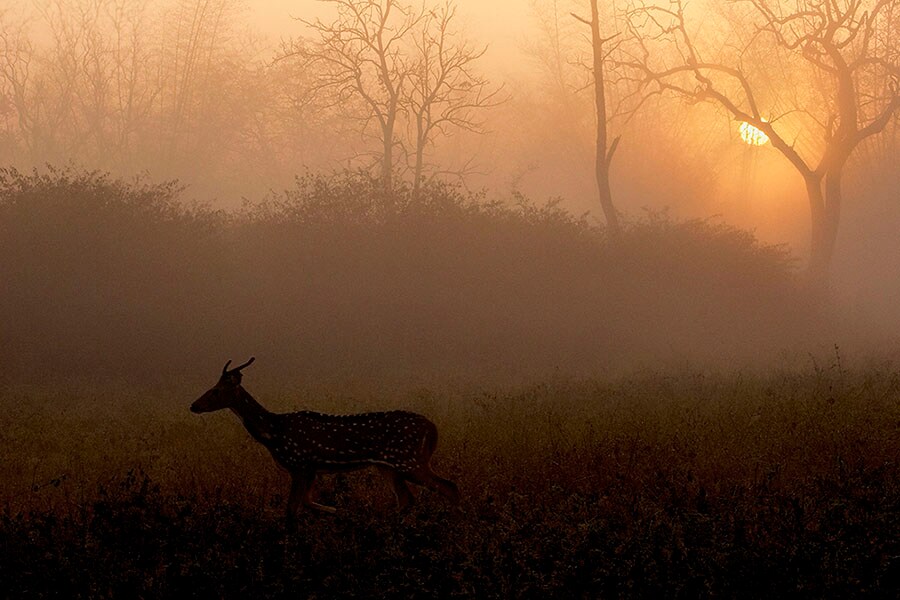 Image: Kedar Bhide
Image: Kedar Bhide
Chital-Spotted deer, spotted at Sunrise at Nagarhole National Park, Karnataka. Sunsets and sunrises are nature"s timekeepers conserving wildlife gives a true sense of time to these everyday occurrences.
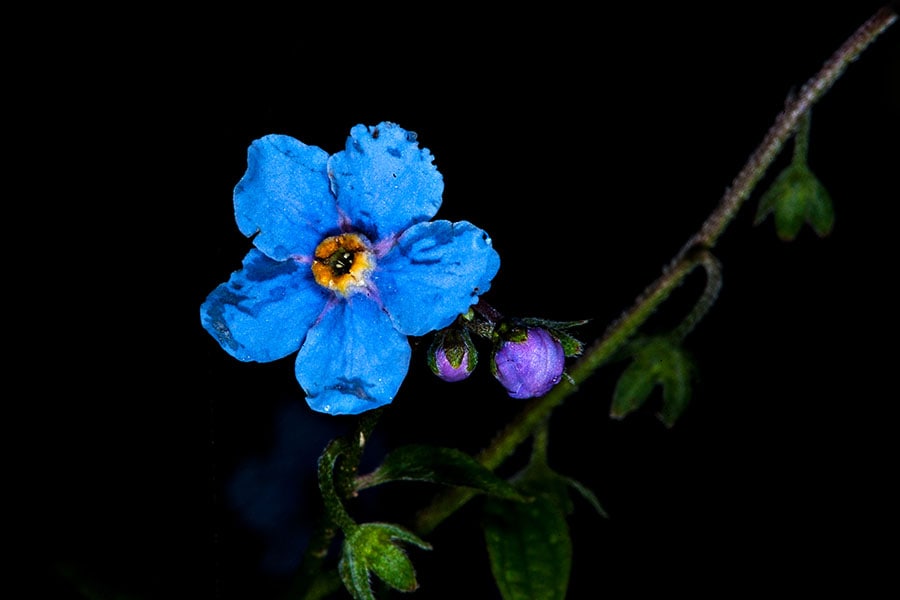 Image: Kedar Bhide
Image: Kedar Bhide
Erytrichium Canum "Hoary Forget Me Not" flower, Great Himalayan National Park, Himachal Pradesh. Flowers are nature ornaments, showcasing the beauty of this infinite system called nature.
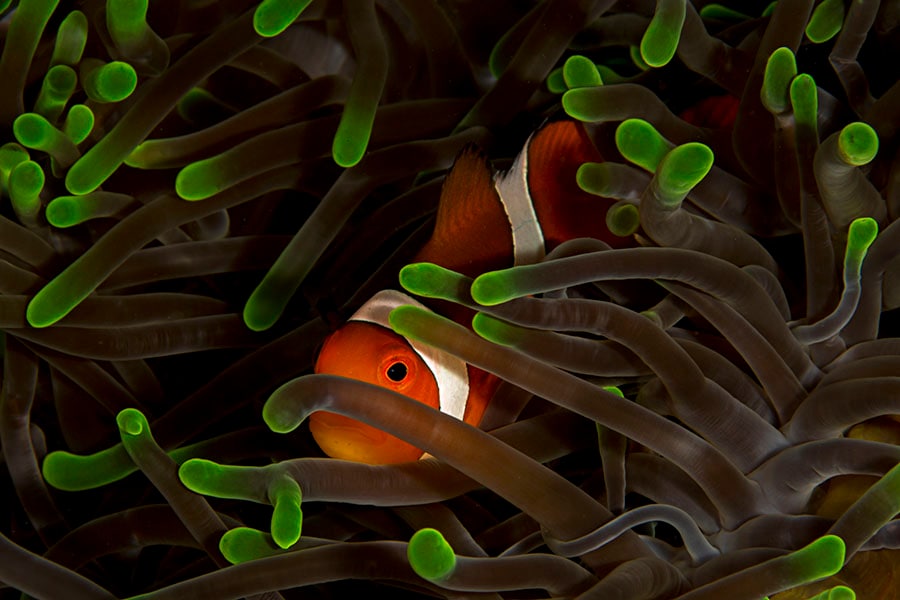 Image: Kedar Bhide
Image: Kedar Bhide
The Clown Fish, Havelock Island, Andaman, famous as the character Nemo from the movie Finding Nemo, is a mascot for conserving our oceans and coral reefs. Most of the plastics humankind throws irresponsibly end up in the oceans, suffocating the environment.
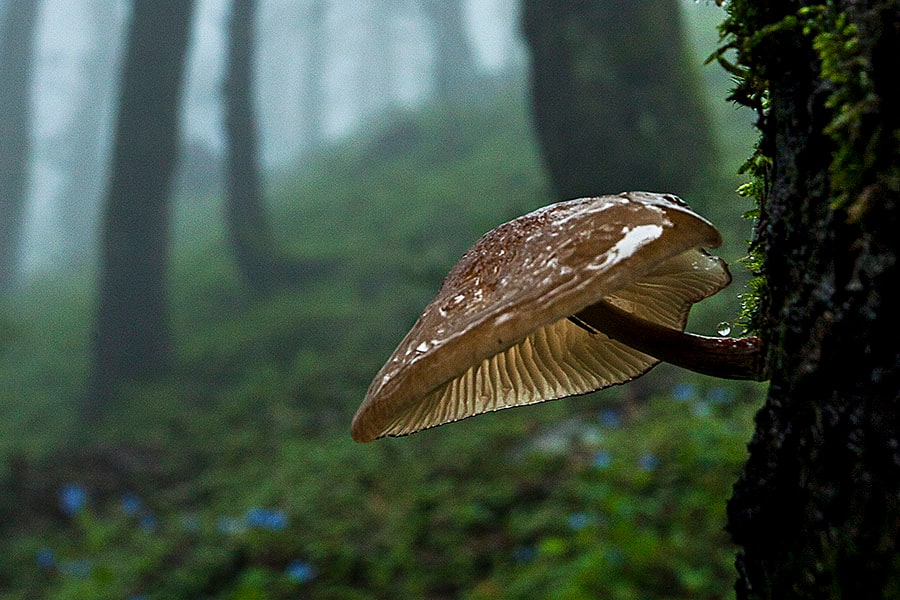 Image: Kedar Bhide
Image: Kedar Bhide
Wild mushroom in the Golden oak forest, Jalori Pass, Himachal Pradesh. Fungi are responsible for breaking down organic matter and releasing Carbon, Oxygen, Nitrogen and Phosphorus back into the soil and atmosphere. Every part of nature has its essential role to play.
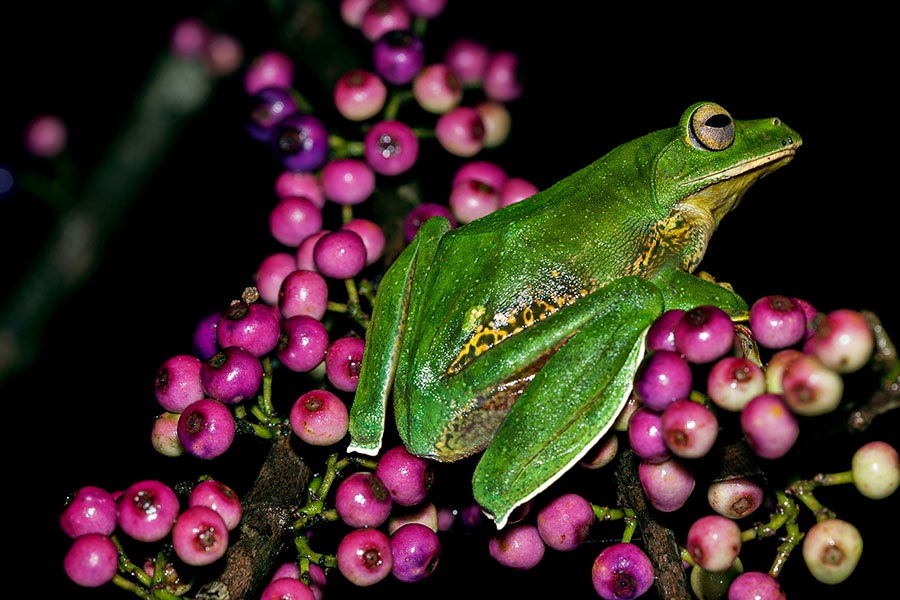 Image: Kedar Bhide
Image: Kedar Bhide
Racophorous Malabaricus, Malabar Gliding Frog, Amboli, Maharashtra. The Western Ghats are ecological hotspots and host many endemic flora and fauna, and their conservation is vital to our well-being. If we lose any of such indicator species from our ecosystems, we are destroying the delicate balance of nature.
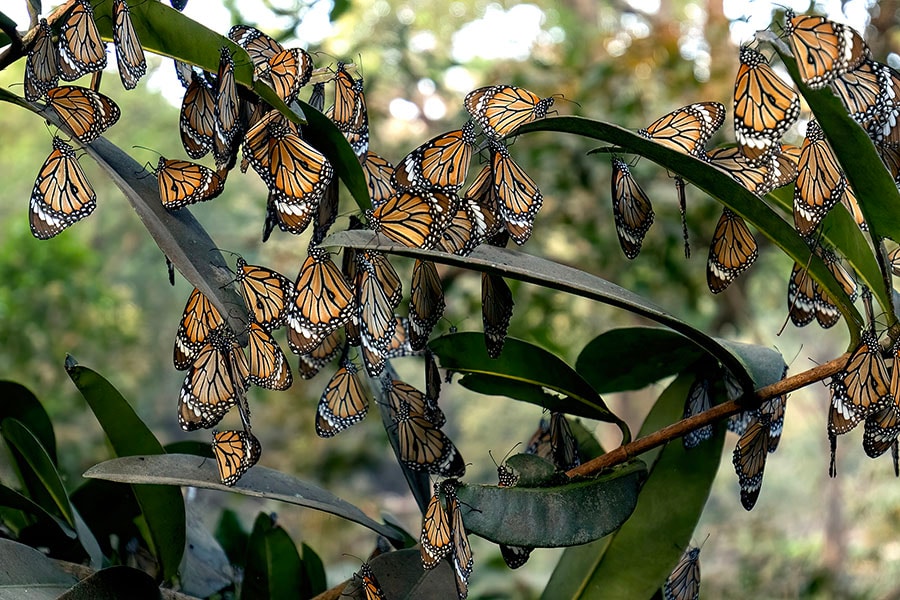 Image: Kedar Bhide
Image: Kedar Bhide
Annual congregation of Striped Tiger Butterflies at Sanjay Gandhi National Park situated within Maximum City, highlighting the importance of such conserved natural places for our survival.
First Published: Jul 28, 2023, 16:38
Subscribe Now